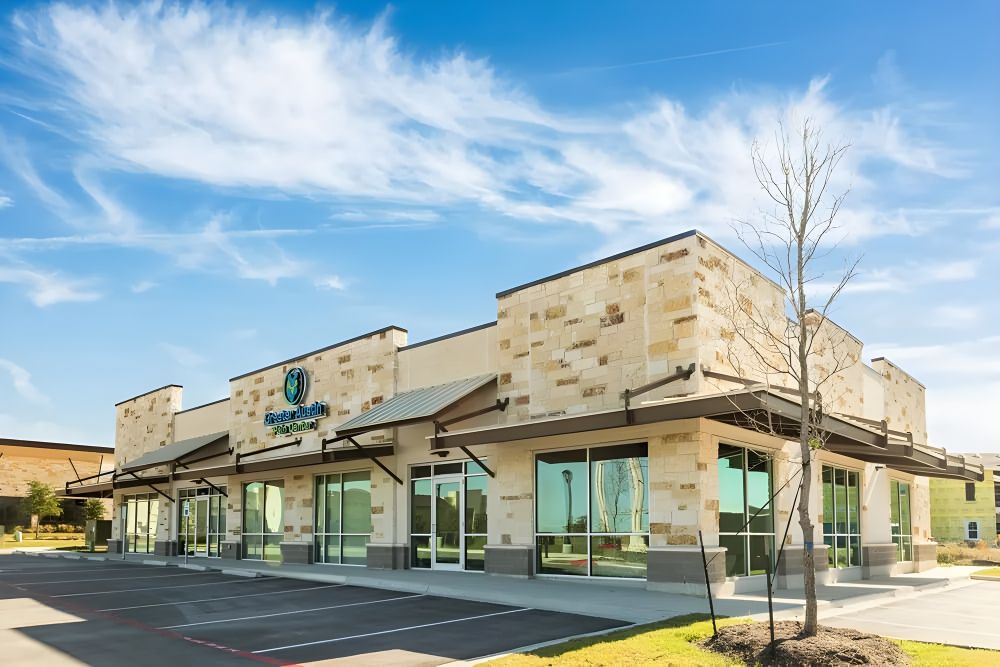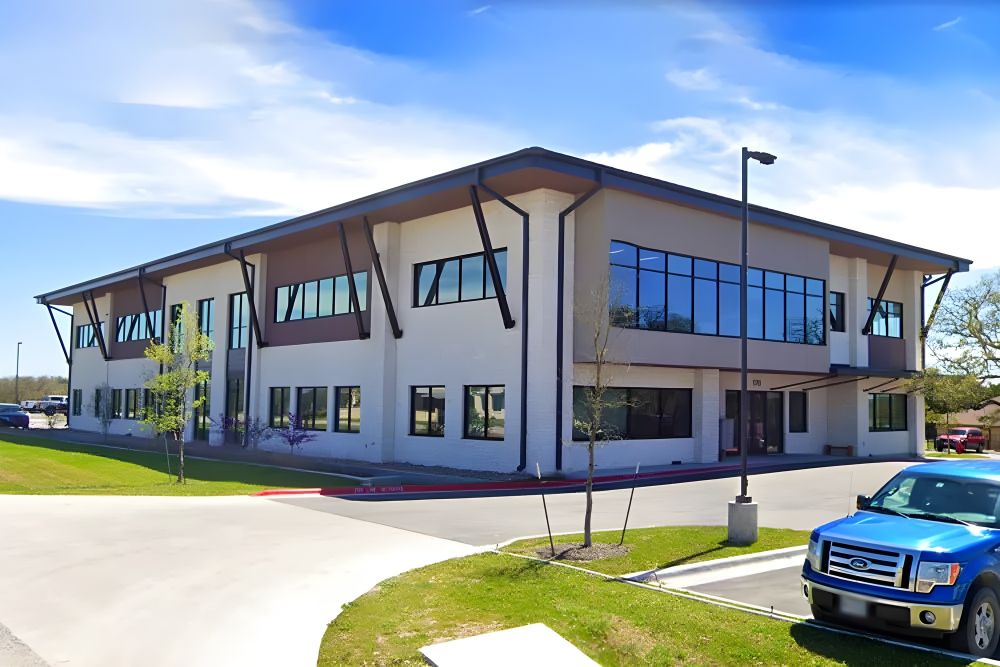What to Expect from Radiofrequency Ablation
If you’re deemed to be a good candidate for radiofrequency ablation, our Austin pain specialists will inform you of any precautions that should be taken to prepare for your RFA procedure. Some of these precautions may include fasting or adjusting insulin dosage (if you have diabetes) prior to your procedure and arranging for someone to drive you home after treatment.
During the actual RFA procedure, patients can expect to receive a local anesthetic to numb the treatment area. The doctor will then insert a thin needle into your skin, using a live X-ray to help pinpoint the area where you feel pain. A microelectrode will then be inserted through the needle, sending a safe electric current that heats your nerve tissue and decreases pain signals. This process is then repeated until the nerves in the area where you feel pain have been disrupted to no longer transmit pain signals.
Types of Radiofrequency Ablation Procedures
Continuous Radiofrequency Ablation
Continuous radiofrequency ablation involves gradually increasing the temperature of the microelectrode used to heat the nerve tissue. The heat is maintained for 90 to 120 seconds, which is the time needed to disrupt the nerve’s ability to transmit pain signals. The duration of a continuous RFA procedure will vary depending on the amount of nerves that need to be treated to manage the patient’s pain.
Pulsed Radiofrequency Ablation
Pulsed radiofrequency ablation consists of quick, high voltage currents that last less than half a second. The pulsing currents are maintained until the nerve tissue is disrupted, which can take anywhere from two to eight minutes.





















